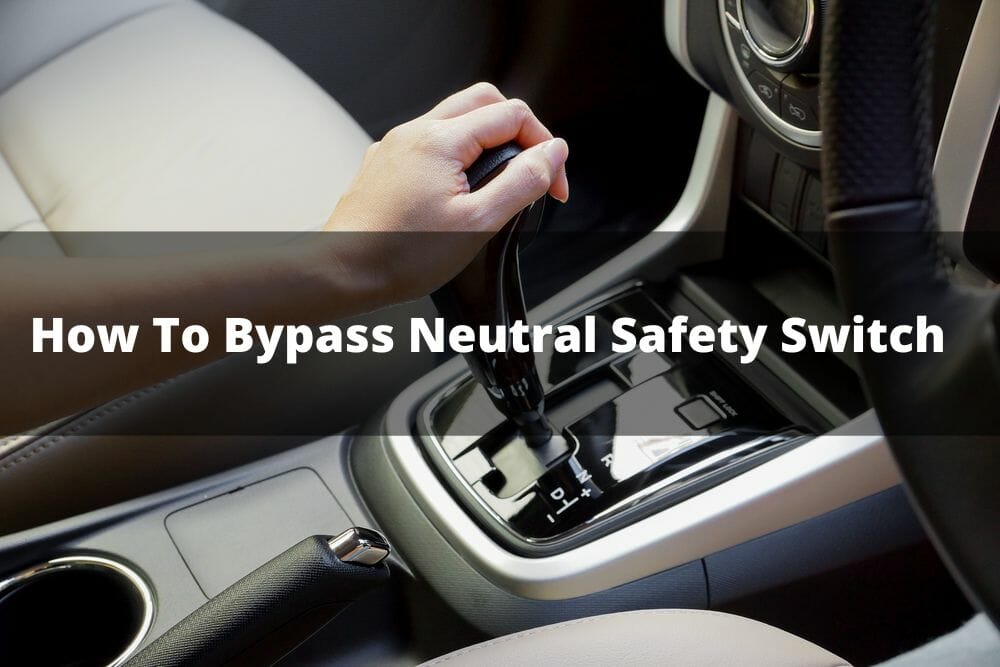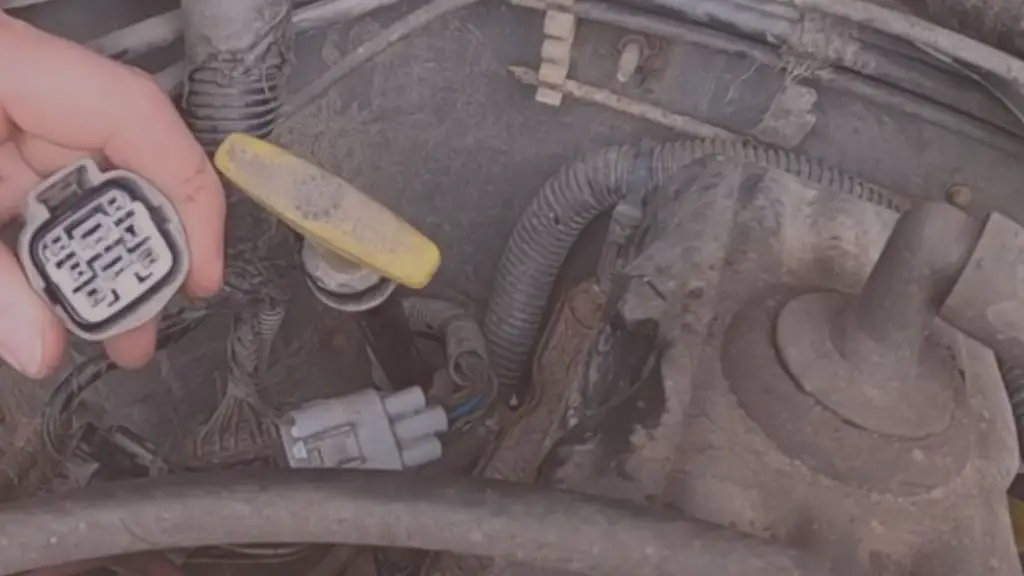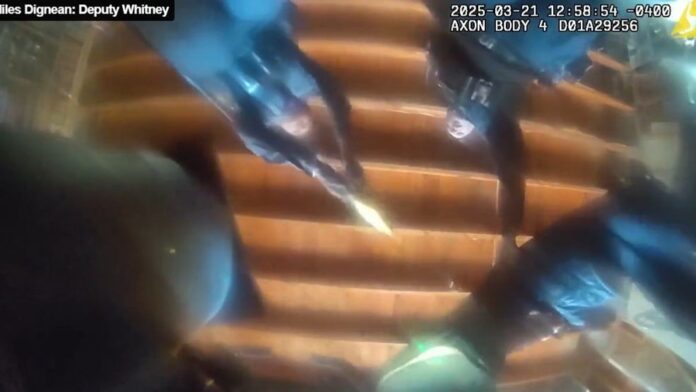Bypassing the Neutral Safety Switch: A Step-by-Step Guide
The neutral safety switch is an important safety component in automatic transmission vehicles. It prevents the car from starting when in gear, ensuring the safety of drivers and occupants. However, like most vehicle components, the neutral safety switch can age over time, leading to problems such as the car starting in any gear or struggling to change gears. In such instances, bypassing the switch temporarily may be necessary.
If you’re considering bypassing your vehicle’s neutral safety switch, this guide will provide you with a step-by-step process to do so safely and effectively.
What is a Neutral Safety Switch?

Symptoms of a Failing Neutral Safety Switch
Like most vehicle components, the neutral safety switch can deteriorate over time, leading to several issues that require attention. Here are some common symptoms you may experience when your neutral safety switch is failing:
- Service Engine Light Comes On
- Vehicle Starts in Any Gear
- Difficulty changing gears
- Car won’t start in neutral
- Car won’t start in park
It’s important to diagnose and fix these issues as soon as possible to ensure your safety on the road.
Safety Precautions

- Ensure the vehicle is parked on level ground and put it in neutral.
- Jack up the vehicle and place the jack stands under the front.
- Wear protective gear, including gloves and safety glasses.
- Keep your hands and tools away from any moving parts.
Bypassing the Neutral Safety Switch

Bypassing the Neutral Safety Switch Located on the Clutch Pedal
If your car has a manual transmission, the neutral safety switch is likely located on the clutch pedal. The first step in bypassing this switch is determining the type of switch in your car. Usually, it’s a simple on-and-off switch with an input and output wire. Follow these steps to bypass the switch:
- Disconnect the connector leading to the neutral safety switch.
- Solder or connect the two wires together appropriately.
- Reconnect the connector or use electrical tape to secure the connection.
- Test to ensure it’s bypassed correctly.
Bypassing the Neutral Safety Switch Located on the Transmission
The neutral safety switch on automatic transmissions is more complicated than the manual one. They have up to five or six wires that integrate gear indicators, which send information to the engine control unit for the car to start in park or neutral mode. To bypass the switch, you need to know which terminals to bridge. Here’s how:
- Disconnect the neutral safety switch connector.
- Identify the correct two terminals to bridge with a piece of wire.
- Bridge them appropriately and secure the connection with electrical tape or solder.
- Test to ensure it’s bypassed effectively.
Risks of Bypassing the Neutral Safety Switch

- Unsafe starting – If left in gear, the car can lurch forward when you turn on the ignition.
- Damage to the engine – Starting the car in gear can damage the engine or drivetrain.
- Reduced resale value – Bypassing the switch can reduce the car’s resale value.
- Liability issues – If an accident occurs after bypassing the switch, you could be liable.
Conclusion

FAQs

Can bypassing the neutral safety switch damage my car?
Yes, bypassing the neutral safety switch can damage the car’s engine or drivetrain. It can also result in liability issues in case of an accident.
Can I bypass the neutral safety switch permanently?
Bypassing the switch permanently is not recommended. The switch is an essential safety component that prevents the car from starting while in gear, reducing the risk of accidents.
What does the service engine light indicate when my neutral safety switch is faulty?
If your neutral safety switch is faulty, you’ll notice a solid engine light that will remain on until the switch is fixed or replaced. If the light is flashing, the problem could be more severe.
Will bypassing the neutral safety switch affect how my car shifts gears?
Yes, bypassing the switch can affect how the car shifts gears, leading to difficulty shifting or slipping gears. It is essential to fix the neutral safety switch or replace it with a new one.
Can I replace the neutral safety switch on my own?
Replacing the switch is a complex process that should be left to professional mechanics. They have the required tools and expertise necessary to fix any problems effectively.







